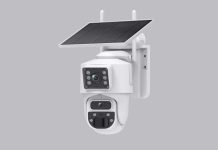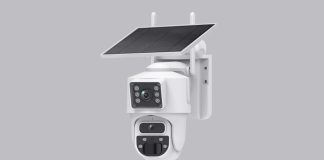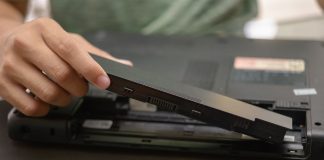Pharmaceutical vial labeling is a critical component of drug manufacturing, ensuring that each vial is correctly identified and can be traced throughout its lifecycle. Quality control (QC) in this process is essential, not only to comply with regulatory standards but also to guarantee patient safety. This essay explores various quality control methods employed in pharmaceutical vial labeling.
Adherence to Regulatory Standards
Quality control begins with compliance with international and national regulatory standards, such as those set by the FDA in the U.S. and the EMA in Europe. These standards dictate the information that must be present on labels, such as the drug name, dosage, batch number, and expiration date. To meet these standards, pharmaceutical companies must implement rigorous QC protocols to ensure that all required details are accurately printed and legible.
Pre-Labeling Inspection
Before the labeling process begins, a pre-labeling inspection is crucial. This involves checking the vials for any physical defects, such as cracks or contamination, that could compromise the integrity of the product or interfere with the labeling process. Vials that pass this inspection move on to the labeling phase, while those that fail are discarded.
Automated Labeling Systems
Most pharmaceutical companies use automated labeling systems, which enhance precision and consistency. These systems are equipped with high-resolution cameras and scanning technology that verify the alignment, placement, and quality of each label as it is applied. Any discrepancies detected can trigger an immediate halt in the labeling process, allowing for quick corrective action.
Barcode and Serialization
To further ensure the accuracy of vial labeling, barcodes or serial numbers are often included on the labels. These unique identifiers enable traceability throughout the supply chain and facilitate the recall of specific batches if necessary. Scanners check these barcodes or serial numbers during the labeling process to confirm that they match the product specifications and are readable.
Real-Time Monitoring
Real-time monitoring systems are integral to maintaining high standards in vial labeling. These systems provide continuous feedback on the labeling process, allowing for immediate adjustments. Parameters such as label position, adhesive quality, and label legibility are constantly monitored, and any anomalies are addressed promptly to prevent large-scale errors.
Post-Labeling Inspection
After labeling, a post-labeling inspection is conducted to ensure that each label adheres properly to the vial and that all information is correct and legible. This often involves both visual inspections by trained personnel and automated checks using advanced imaging systems. Any vials that do not meet the established quality standards are rejected.
Employee Training
Quality control is also heavily dependent on the skill and knowledge of the personnel involved in the labeling process. Regular training sessions are necessary to keep staff updated on the latest QC techniques and regulatory changes. These training sessions also emphasize the importance of vigilance and detail-oriented work.
Documentation and Record-Keeping
Accurate documentation and record-keeping are vital components of quality control in pharmaceutical vial labeling. Every step of the labeling process is documented, including the batch number, machine settings used, and results of quality checks. This documentation aids in traceability and is crucial for audits and regulatory reviews.
Conclusion
Effective quality control methods are vital to ensuring that pharmaceutical vial labeling is performed to the highest standards. By integrating rigorous inspections, state-of-the-art technology, real-time monitoring, and thorough employee training, pharmaceutical companies can maintain the integrity of their products.
This comprehensive approach not only fulfills regulatory requirements but also protects consumers by ensuring that they receive drugs that are safe, effective, and correctly labeled.



















